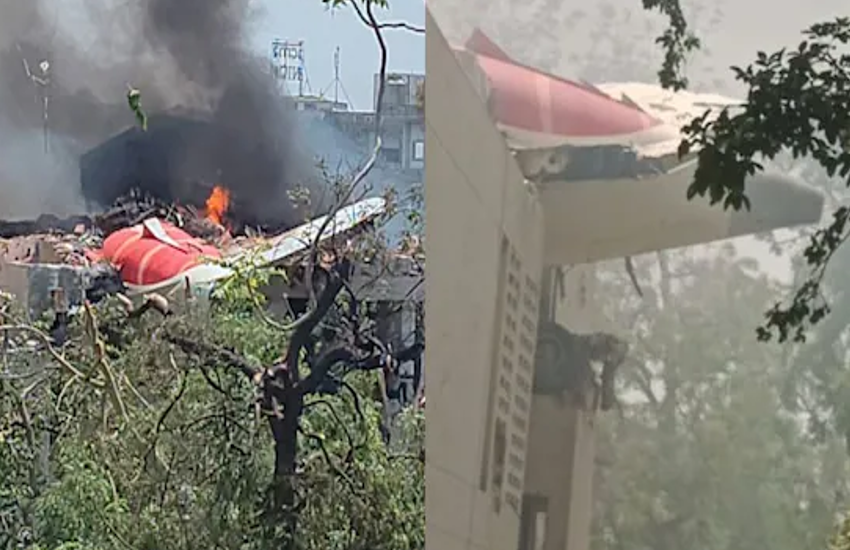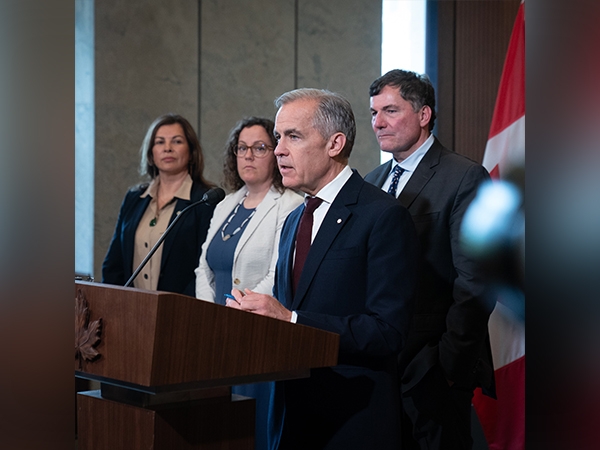Political parties brace for a showdown on agriculture insurance in Haryana

- It is effectively agricultural insurance that is being made mandatory for farmers in Haryana
- It will work on the principle of area approach, the insurance unit would be the village
- How the scheme exactly intends to work
- Why do other parties have a problem with it
A political showdown seems imminent in Haryana on the implementation of Pradhan Mantri Fasal Bima Yojana (PMFBY), the national crop insurance scheme .
Both the opposition parties, the Congress and the Indian National Lok Dal (INLD) are bracing to take on the Manohar Lal Khattar-led BJP government in the state on the issue. They have termed the implementation of the scheme as anti-farmer and have described it as an attempt to appease private players.
While the Congress is yet to announce its course of action on the matter, the INLD has announced it would hold protests across the state between 8 and 11 August.
The PMFBY work plan
Last month the Haryana government notified the areas, crops, indemnity level, sum insured, premium rates and seasonality discipline for the implementation of PMFBY during the Kharif 2016 and Rabi 2016-17 seasons for cotton, paddy, bajra and maize, wheat, barley, mustard and gram.
The PMFBY will operate on the principle of area approach and the insurance unit would be the village. The scheme would be implemented on a cluster approach.
There would be coverage of risk in case the insured area is prevented from sowing or planting due to deficit rainfall or adverse seasonal conditions.
Standing crops -
In the case of standing crop, comprehensive risk insurance will be provided to cover yield losses due to non-preventable risks like drought, dry spells, flood, inundation, pests and diseases, landslides, natural fire and lightning, hailstorm, cyclone typhoon, tempest, hurricane and tornado.
Post harvest -
In the case of post-harvest losses, coverage will be available up to a maximum period of two weeks from harvesting for those crops allowed to dry in 'cut and spread' condition on the field after harvesting against specific perils of a cyclone, cyclonic rains and unseasonal rains.
Calamities -
In the case of localised calamities, loss or damage resulting from the occurrence of identified localised risks of hailstorm, landslide, and inundation affecting isolated farms will be covered.
For general exclusions, losses arising out of war and nuclear risks, malicious damage and other preventable risks will be excluded.
The government has declared that all farmers availing Seasonal Agricultural Operations (SAO) loans from financial institutions for the notified crops would be covered compulsorily and the scheme will be optional for the farmers who have not availed of the loan.
The agencies -
The implementing agencies for the schemes are Reliance General Insurance Company, Bajaj Allianz General Insurance Company and ICICI Lombard General Insurance Company for the three identified clusters.
The indemnity level will be 90% in case of all the notified crops. Processing, approval and payment of final claims based on yield data would be done within three weeks from receipt of yield data and the insurance company and banks will ensure that no over insurance takes place.
Drawing flack
Former chief minister and senior Congress leader Bhupinder Singh Hooda attacked the state government calling the PMFBY a loan recovery scheme and alleging that the Khattar government has reduced itself to being 'an agent of the private insurance companies'.
"The scheme treats a village as a unit, which puts the farmer at a disadvantage while the premium is being collected from all farmers. Then there is discrimination in premium rates depending upon districts and areas," he told the media.
"Farmers who have taken loans are being forced to adopt the insurance scheme which has seemingly become only a loan recovery measure since the premium will be pocketed by private companies. The government's job is not to become an agent to private insurance companies."
Hooda said that if the government claims to be 'pro farmer' it must pay the entire premium and insure the farmers. He said that this was an optional scheme during the UPA regime and the present government has renamed it and made it mandatory.
Hooda said that till now the governments have always compensated the farmers for their losses due to natural calamities but the present government is trying to do away with this responsibility in the garb of an insurance scheme.
"The PMFBY is a business proposal like other government scheme aimed at cheating the farmers. The government has already expressed its inability to implement the Swaminathan Panel report. It should at least pay the entire insurance premium," Hooda said.
Protests on the cards
The INLD leadership has described the scheme as an attempt to appease private business houses and has decided to hold a protest against it.
At a meeting held under the leader of opposition in state assembly, Abhay Chautala, it was decided that the party workers would hold protests in five districts daily from 8 August demanding an end to compulsory deduction of premiums.
Chautala has alleged that the Khattar government is passing on Rs 900 crore from the farmers to the private insurance companies while its ministers are functioning as insurance agents.
Government speaks up
The state government has however denied these charges saying the selection of insurance companies was done by inviting bids through the e-tendering system in which only companies empaneled by the central government were eligible to participate.
It has reportedly claimed that the premium payable in Haryana is among the lowest in the country. The maximum premium payable by the farmer is only -
2% of the sum insured in the case of Kharif crops
1.5% for Rabi crops
5% for commercial and horticulture crops
The remaining premium would be paid by the state and central governments as subsidy.
The government has also claimed that the sum insured in respect of various crops has been increased and made equal to the amount of crop loan.
They added that the scheme covers the damage caused to crops by inundation apart from hailstorm and post-harvest losses by unseasonal rain for the first time
Sher Singh Sangwan, an expert in agricultural economics from the Centre for Rural Research and Industrial Development (CRRID) in Chandigarh told Catch: "Insurance of crops is required. It is a sustainable solution in the long run. Till now farmers have been getting compensation without insurance. Insurance assures a claim."
However, he added that getting the scheme implemented only through private players is bound to raise concern from various corners. "Government agencies must be involved in the exercise," he said.
He further said although this now more of a political issue, the insurance unit needs to be further reduced from the village.
"Earlier it used to be a block. They have now brought it down to a village which needs to be reduced further. It does lead to assessment complications but now with the help of remote sensing that can be worked out," he said.
He also said that there should be a proper mechanism to insure that the farmers get adequate relief against their insurance claims.
The issue is expected to be one of the key factors dominating the monsoon session of the state assembly later this month.
Edited by Jhinuk Sen
Also Read: At a glance: 10 absurd things you should know about farming in India
Also Read: Growing economy, failing agriculture: why this is a disastrous mix for India
Also Read: Forget Green Revolution. Punjab farmers face back-breaking debt
Also Read: Battle Field Punjab: how the state's farmers are suddenly being wooed
Also Read: Farmer suicides: Punjab agrarian crisis deepens, Badal tries to wriggle out
First published: 1 August 2016, 17:15 IST





![BJP's Kapil Mishra recreates Shankar Mahadevan’s ‘Breathless’ song to highlight Delhi pollution [WATCH] BJP's Kapil Mishra recreates Shankar Mahadevan’s ‘Breathless’ song to highlight Delhi pollution [WATCH]](https://images.catchnews.com/upload/2022/11/03/kapil-mishra_240884_300x172.png)

![Anupam Kher shares pictures of his toned body on 67th birthday [MUST SEE] Anupam Kher shares pictures of his toned body on 67th birthday [MUST SEE]](https://images.catchnews.com/upload/2022/03/07/Anupam_kher_231145_300x172.jpg)






